What is it like to have a radiofrequency facial?
Your experience having a radiofrequency facial will depend on which type of facial you have. To give you some idea, here is how I found the radiofrequency facial with the Venus Concept machine which combines radiofrequency with pulsed electromagnetic frequencies.
With my face covered in a delicious-smelling gel that will help the treatment head to slither around on my skin, this starts off feeling like an indulgent facial, rather than medical treatment. The practitioner, celebrity facialist Teresa Tarmey, starts scooting the device, with its four smooth metal bulbs on the treatment head, around my face in swift, overlapping circular movements. I can feel it is warming my skin as it goes, and quite soon it feels too hot, but Teresa turns the intensity of the radiofrequency down until it is perfectly comfortable. I relax.
Teresa tells me that the radiofrequency energy waves are causing damage deep down in the skin, to stimulate my skin’s own healing mechanisms. I don’t like the sound of ‘damage’, but I’m told it is a carefully controlled dose of heat – enough to kick-start my skin into producing new collagen and elastin, which together give skin its firmness, plumpness and springiness.
The radiofrequency waves also have the knock-on effect of shrinking the existing collagen within my skin, which is what gives the instant contouring effect. The magnetic pulses, apparently, have the ability to liquefy fat into fatty acids. I don’t like the sound of that, either – my face doesn’t need to lose any more of its padding but she reassures me that for use on the face, the magnetic pulses are turned down very low. (The Venus machine can also be used for non-surgical body-contouring, and that’s when its fat-busting magnetic pulses are more useful).
Ten minutes in, my face is starting to feel really quite hot, and Teresa explains the treatment has to heat the skin to 39C or more in order to make the collagen shrink, to get the tightening- contouring effect. She keeps whizzing the treatment head around my cheeks, the sides of my eyes, and under my jaw, which are the areas that need the most help.
Afterward, my face feels taut all over, as if I’d been out in the sun for too long. My forehead is smoother and my eyebrows have risen up a fraction, and the skin has definitely tightened around my cheekbones and jawline, so that they are more defined. My skin has a lovely glow to it. It’s also a bit pink after the treatment, but that vanishes within the hour. As Teresa points out, it’s a treatment that men enjoy as much as women – it is something that she gives to a lot of celebs when she’s prepping them for red carpet appearances.
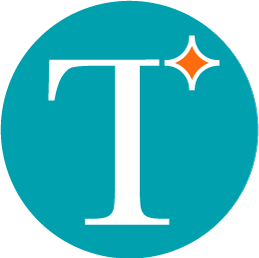
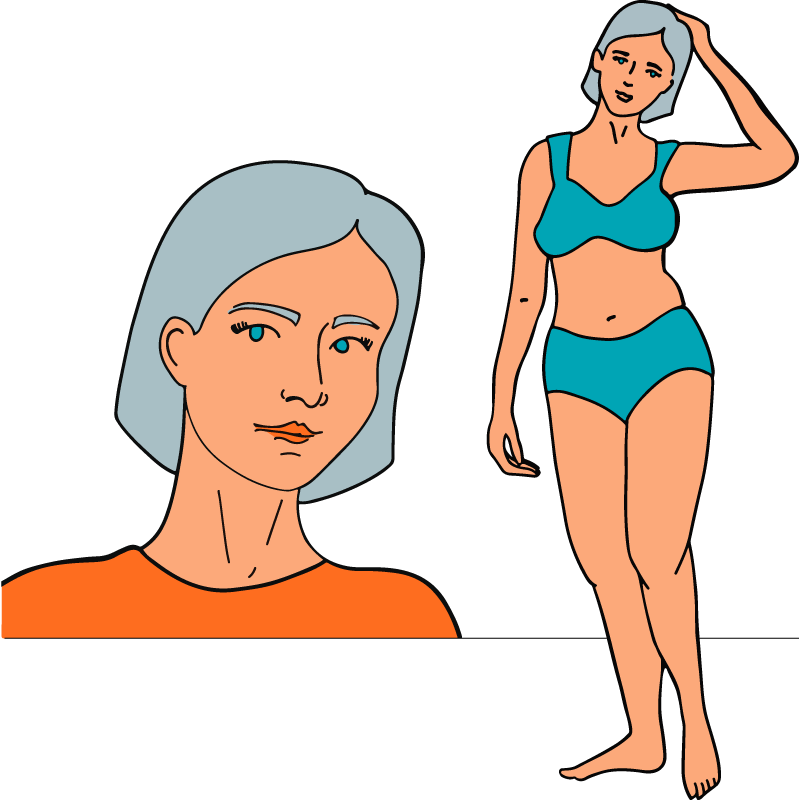

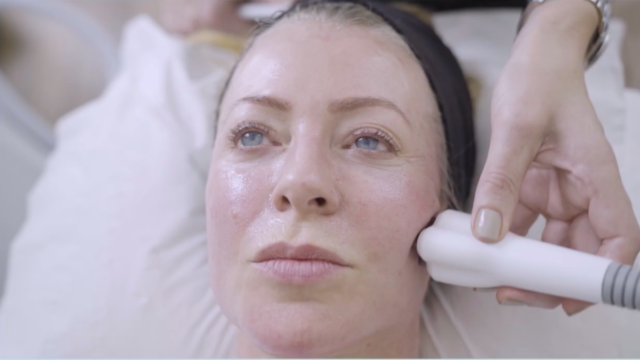
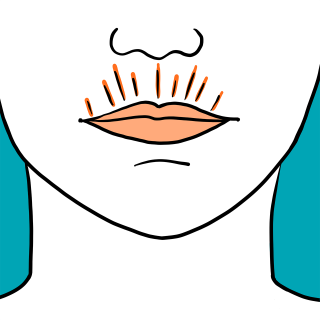
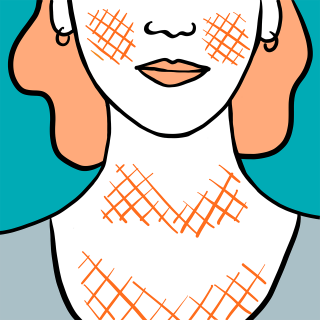
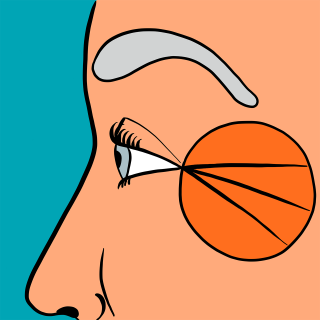
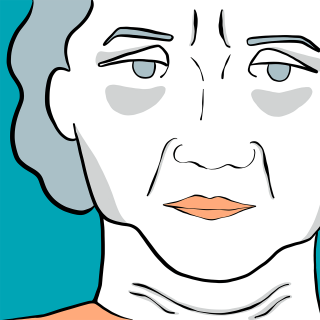
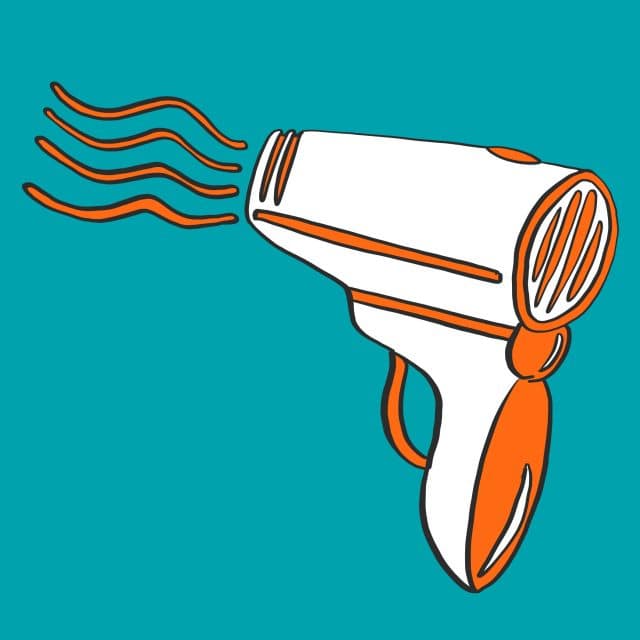
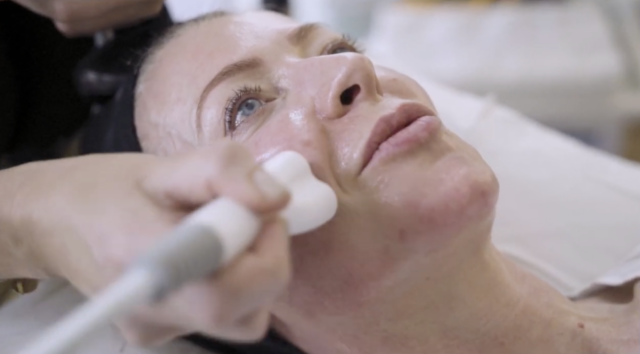
 The Tweakments Chatbot
The Tweakments Chatbot